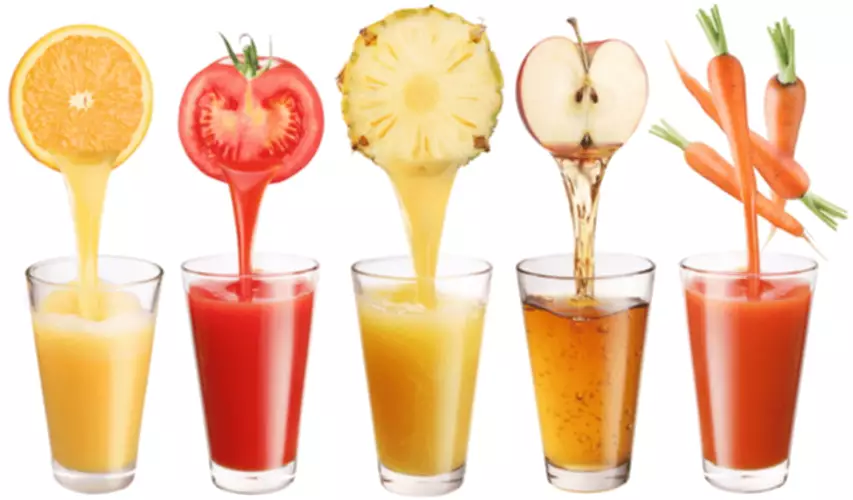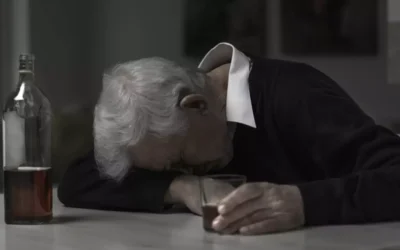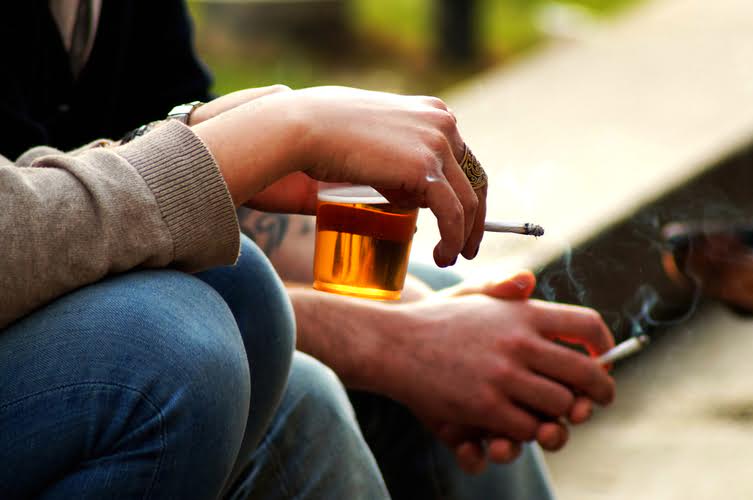Yet addiction treatment in the United States is poised for change. As for ease of use, Suboxone may be started without a doctor’s supervision. Most doctors can prescribe it within or outside a dedicated drug addiction program.
How Does Methadone Treatment Work?
It’s particularly important for those who take methadone at home and not under the supervision of a medical professional. Methadone is tailored for the person in question and should never be shared or given to others. The individual must share their complete health history with medical professionals to ensure the safe use of methadone. The preferred treatment for cannabis dependence is psycho-social care.
- Tapering methadone means gradually taking smaller doses over the course of several weeks or months.
- Methadone slows down your body functions and reduces physical pain as well as feelings of anxiety.
- Pregnant people with opioid use disorder should discuss their opioid use with their healthcare provider to determine the best course of action for them and the baby.
- You can also look into group therapy sessions, which are often held at hospitals and other addiction treatment facilities.
Management of benzodiazepine withdrawal
- Talk to your pharmacist or treatment provider if you have questions.
- During withdrawal some patients may become disruptive and difficult to manage.
- Your body can also become dependent on methadone and other opioids.
- Rates of dose reduction should be discussed with the patient.
- The patient may be scared of being in the closed setting, or may not understand why they are in the closed setting.
- Comprehensive methadone maintenance treatment should include prenatal care to reduce the risks of complications during pregnancy and at birth.
Drug treatment centers utilize the expertise of physicians and therapists to develop a personalized treatment plan for each patient. In almost all cases, an inpatient treatment program will give moderate to severe methadone addicts their best chance at a successful recovery. Inpatient programs, also sometimes referred to as residential, provide the patient with around-the-clock medical treatment, a variety of therapy programs, and valuable life skills training. Although each specific treatment program varies tremendously, there are thousands of options available, meaning there is a good match for every patient. Tapering methadone means gradually taking smaller doses over the course of several weeks or months.

Dosage for heroin addiction
Cannabis withdrawal is managed by providing supportive care in a calm environment, and symptomatic medication as required (Table 3). Patients should drink 2-3 litres of water per day while in withdrawal. Offer symptomatic medication as required for symptoms such as headaches, nausea and anxiety (Table 3).
For some opioid users in NC, jail doesn’t mean detox – North Carolina Health News
For some opioid users in NC, jail doesn’t mean detox.
Posted: Tue, 25 Feb 2020 08:00:00 GMT [source]
Short Opioid Withdrawal Scale7
Opiates (derived from plants) and opioids (synthetic versions of opiates) are narcotic drugs used to treat pain. This article will refer to these medications collectively as opioids, as their actions are the same. Opioids are also used Methadone Withdrawal recreationally—such as with heroin or the misuse of pain medication. For methadone to work, the individual must participate in a comprehensive medication-assisted treatment (MAT) program that includes social support and counseling.
- When used as a form of medication-assisted treatment, it decreases opioid withdrawal symptoms.
- This is because more consistent drug levels act on the mu receptors than short-acting drugs like morphine, oxycodone, and heroin.
- When used correctly at a “maintenance dose,” methadone prevents withdrawal symptoms without making you high or sedated.
- If you’re experiencing methadone withdrawal, your healthcare team may reevaluate your taper schedule.
- However, when used for an extended period of time (e.g. several weeks), dependence can develop.
However, it requires a higher dose than methadone for treatment and it is less effective for avoiding opioid relapses. Your healthcare professional may recommend combining your taper with counseling from an alcohol and drug counselor. Counseling can help you learn ways to cope with stress, identify early warning signs of relapse and keep you from taking opioids. Your healthcare professional may recommend continued counseling after you’ve completed your opioid taper.
For up to a month after ceasing inhalant use, the patient may experience confusion and have difficulty concentrating. This should be taken into consideration in planning treatment involvement. Withdrawal management rarely leads to sustained abstinence from alcohol. After withdrawal is completed, the patient should be engaged in psychosocial interventions such as described in Section 5. Give 20mg diazepam by mouth every 1-2 hours until symptoms are controlled and AWS score is less than 5. Monitor the patient regularly during this time for excessive sedation.

Avoid driving or hazardous activity until you know how this medicine will affect you. Dizziness or drowsiness can cause falls, accidents, or severe https://ecosoberhouse.com/ injuries. You should not use this medicine if you have severe asthma or breathing problems, or a blockage in your stomach or intestines.
Case study: Methadone maintenance treatment in prison in Indonesia
A patient may begin to reduce his or her dose and later decide that they would prefer to remain in MMT. There should be procedures in place for these patients, and recently discharged patients, to be re-admitted to MMT on request. Medical clinics dispensing methadone should maintain clear records of the amount of methadone dispensed each day, and the amount of methadone stored on the premises. Records should also be kept of accidental spillage of methadone.…




